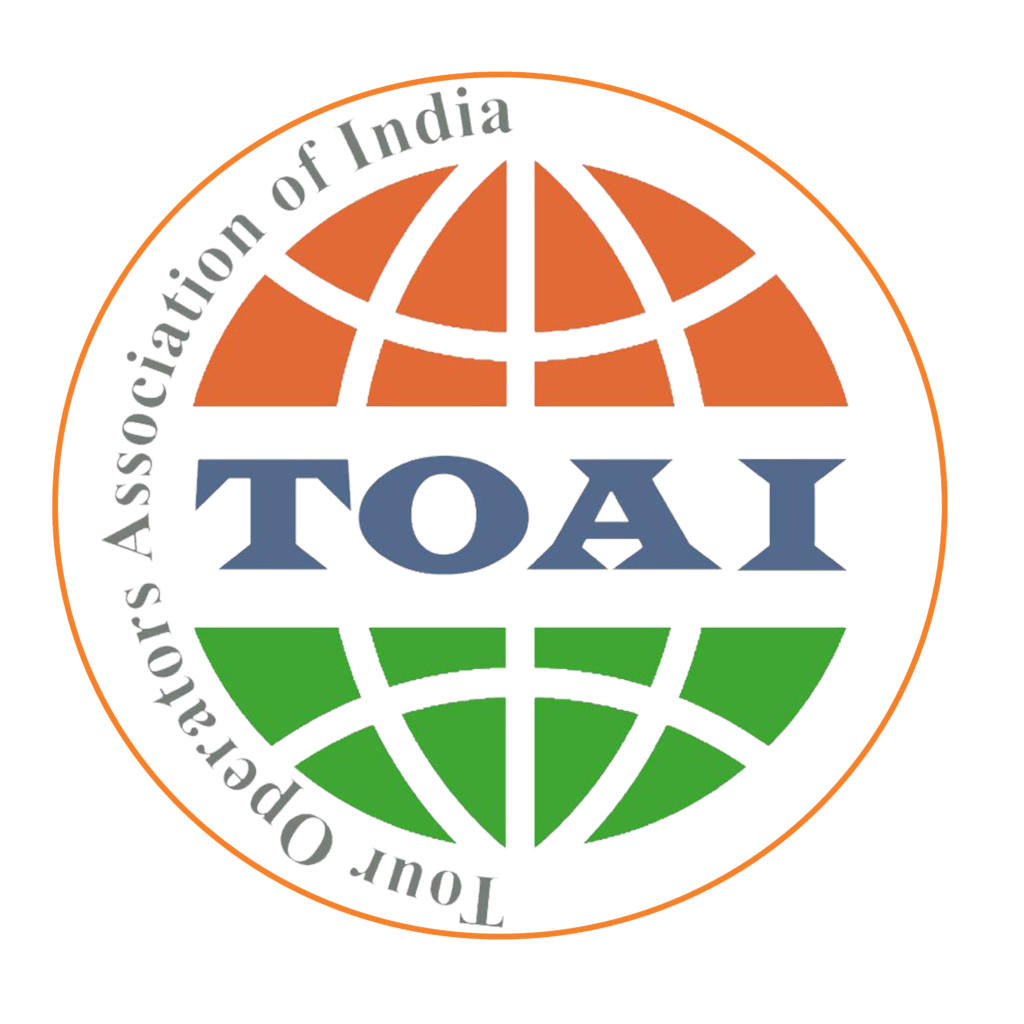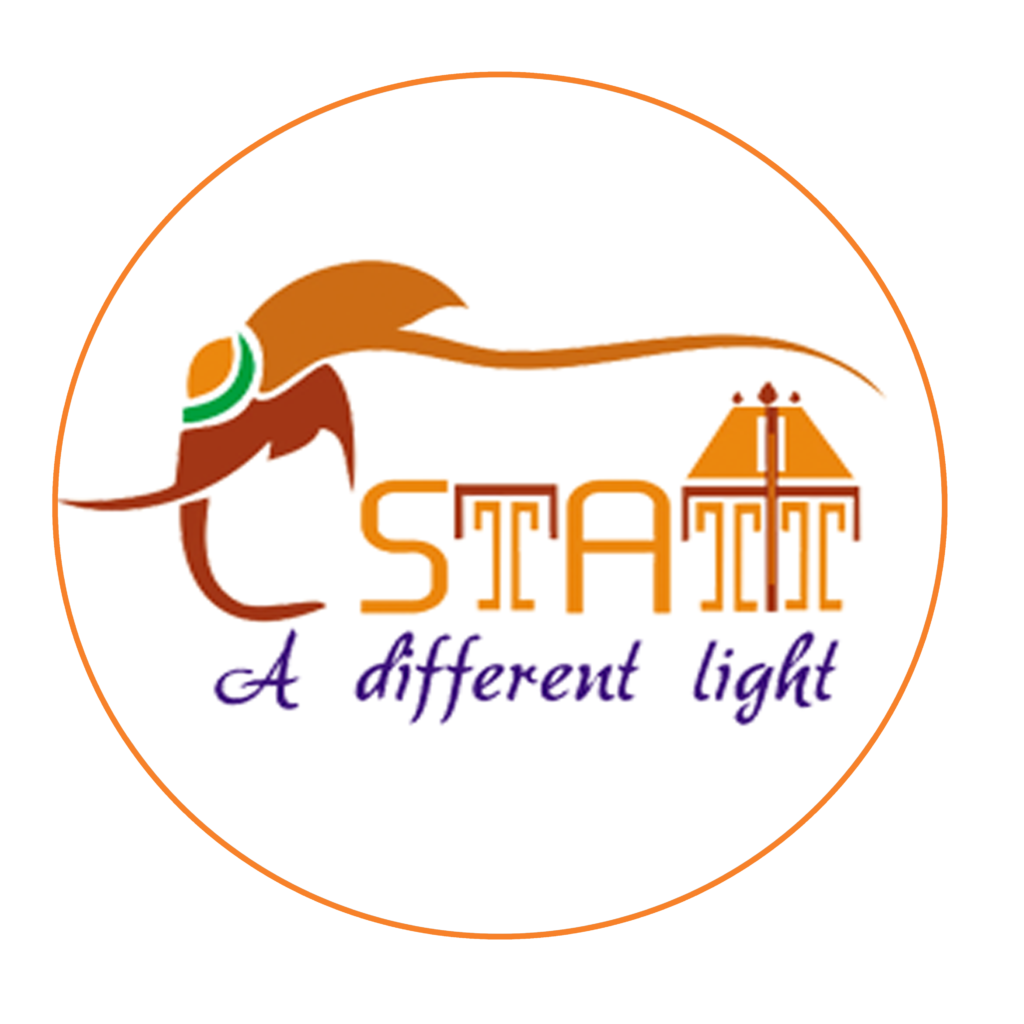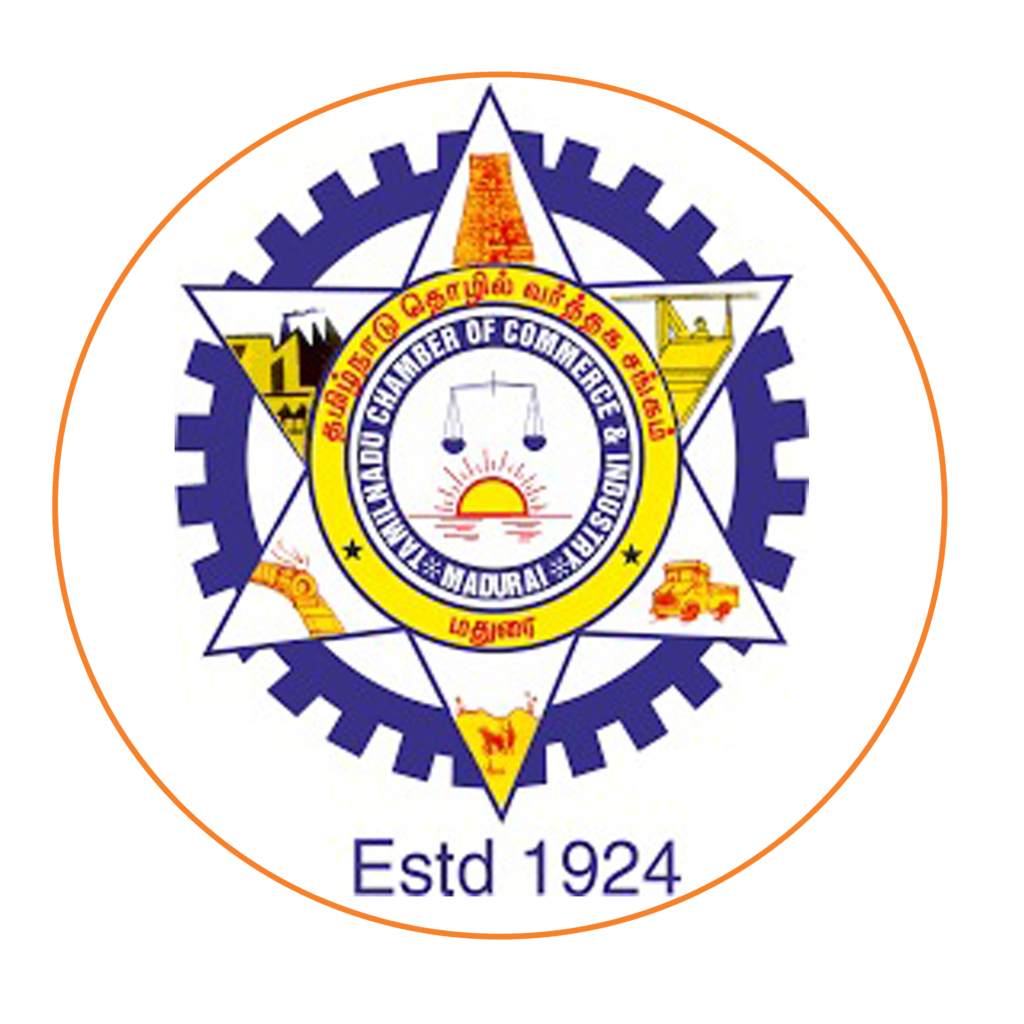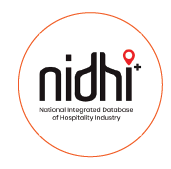
South India's No. 1 Travel Agency ✨
💱 Currency
Faroese Króna (FOK) & Danish Krone (DKK)
🗣️ Languages
Faroese (official) English is also commonly understood
🌤️ Climate
3°C – 13°C
📅 Best Season
May – August (Mild summer, long daylight hours)
🛡 Must-Know Travel Tips for Visiting Faroe
- 🏧 ATMs are available in main towns and accept most international cards, but carry some cash for remote areas.
- 💳 Credit and debit cards are widely accepted, including contactless payments.
- 🏦 Banks operate on weekdays (typically 9 AM – 4 PM); ATMs are accessible 24/7.
- 🍷 The legal drinking age in the Faroe Islands is 18.
- 🤝 Faroe Islanders are friendly but value personal space and privacy — greet politely and be respectful.
- 💰 Prices can be high due to import costs; travel during May–June or September for better rates and fewer crowds.
What Are the Faroe Islands Famous For? – About the Faroe Islands Explained
The Faroe Islands, a captivating archipelago in the North Atlantic Ocean, lie between Iceland and Norway. These 18 volcanic islands are renowned for their breathtaking landscapes that include steep cliffs plunging into the sea, rolling green hills, picturesque fjords, and powerful waterfalls. Visitors are enchanted by the islands’ unspoiled nature, making them ideal for hiking, bird-watching, and photography. Nature enthusiasts flock to spots like the Kallur Lighthouse on Kalsoy Island for panoramic views, while photographers often chase the moody skies and light-play that change by the hour.
The Faroes also preserve a rich traditional Nordic culture rooted in Viking history, expressed through storytelling, music, and art. Ancient customs are still visible in day-to-day life—locals wear traditional wool garments, speak Faroese, and practice community-based farming and fishing techniques passed down for generations. With a strong focus on sustainable tourism, the islands are emerging as a model for eco-conscious travel, where visitors are encouraged to tread lightly and embrace the natural rhythm of island life.
Their ever-changing weather, famously described as having all four seasons in one day, adds a mystical charm that enhances the sense of adventure. Tiny coastal villages like Gásadalur and Saksun, with their iconic grass-roofed homes and winding paths, complete the fairy-tale appeal of this remote paradise. Because of this charm, Faroe Islands tour packages are gaining popularity among nature lovers, photographers, and cultural explorers who seek immersive experiences away from tourist crowds. Many packages now include curated hiking trails, village stays, and guided cultural tours that allow travelers to connect deeply with the landscape and local way of life.
Faroe Island Tour Packages
Most Chosen Faroe Island Plans by Our Happy Customers
How Are India and the Faroe Islands Connected? – Cultural & Historical Ties
Although India and the Faroe Islands do not share a significant historical bond, a growing cultural and intellectual curiosity is drawing connections between the two. Indian travellers, especially those seeking offbeat Nordic experiences, are increasingly fascinated by the serene beauty and remoteness of the Faroes. The allure lies in the dramatic landscapes, slow-paced lifestyle, and deep-rooted Viking heritage, which stand in stark contrast to the bustling cities of India. This has sparked a new wave of interest in Faroe Islands tour packages among Indian tourists who value sustainable and soulful travel.
In academic circles, there has been interest in topics like North Atlantic maritime traditions, Viking seafaring, and sustainable tourism practices—areas that occasionally see Indian and Faroese researchers collaborating. Educational institutions in India are beginning to explore study-abroad opportunities or short-term exchange programs focused on climate resilience, marine ecosystems, and renewable energy, where the Faroes serve as a living lab for innovation in small island settings.
Indian chefs and culinary explorers are intrigued by the Faroese approach to fermentation and seafood, which stands in contrast to Indian spice-based cooking. Culinary exchanges and food festivals are opening new conversations between the two cultures. Likewise, Indian artists and photographers are starting to find inspiration in the Faroes’ raw natural beauty, minimalist lifestyle, and distinct cultural voice.
Additionally, Indian travel bloggers and influencers have begun showcasing the islands to a broader South Asian audience, creating new links and inspiring future tourism growth. As social media and digital platforms bridge geographic gaps, awareness of Faroe Islands tour packages from India is steadily increasing. In the coming years, stronger people-to-people connections, tourism exchanges, and eco-tourism collaborations could deepen the relationship between India and this North Atlantic gem.
Interesting Things to Know About the Faroe Islands Before You Go
Before visiting, it’s helpful to understand some unique facts about the Faroe Islands. People in the Faroe Islands mainly speak Faroese, but you’ll also hear Danish, and most locals are quite fluent in English too. With a small population of around 54,000 spread across 17 inhabited islands, the Faroes are a tightly knit community. It’s fascinating to note that sheep actually outnumber humans in the Faroe Islands—a fact that’s reflected in the name itself, meaning “Sheep Islands.” The locals proudly carry Viking heritage dating back to the 9th century, which is still evident in their customs and community life. Turf-roofed homes, a hallmark of Faroese architecture, are both energy-efficient and beautifully in tune with the landscape.One of the engineering marvels of the region is the network of undersea tunnels, such as the Eysturoyartunnilin, which even features a roundabout deep inside a mountain. This combination of tradition and innovation makes the Faroe Islands an intriguing destination for those crafting a customized Faroe Island tour plan.
What to Know Before Booking a Faroe Islands Tour Package
Planning a trip to the Faroe Islands requires thoughtful preparation. There are no direct flights from India, so travellers typically connect through cities like Copenhagen, Reykjavik, or Edinburgh before arriving at Vágar Airport, the islands’ primary gateway. You can easily reach the Faroes via Denmark, with regular flights offered by Atlantic Airways and SAS. Once in the Faroes, accommodation is best found in towns with options ranging from boutique hotels to charming Airbnb stays. Due to limited space and high demand, especially in summer, booking accommodations early is strongly advised.
For the best experience, a trip of five to seven days allows ample time to explore key islands and attractions. Renting a car is the most practical way to get around, as public transport is limited in remote areas. Essential packing should include waterproof jackets, sturdy hiking boots, and warm layers—even in summer, the weather can shift rapidly. When planning Faroe Islands tour packages, it’s important to prioritize flexibility and allow room for spontaneous exploration, as the changing weather often affects daily schedules.
Which Are the Best Budget Faroe Islands Tour Packages?
While the Faroe Islands tend to be on the expensive side due to their remote location and import costs, there are still options for budget-conscious travellers. A sample budget package of seven days, including flights from India via Denmark, basic accommodations, car rental, attraction entry, and breakfast, can range between ₹1,80,000 and ₹2,20,000. Travel companies that specialise in Northern Europe or tailor-made tours can provide customised packages suited to your preferences.
To save money, consider visiting during the shoulder seasons in May or September, when prices are slightly lower and the crowds are thinner. Staying in shared Airbnbs and preparing simple meals can significantly reduce daily expenses. Many attractions, especially natural ones, are free to explore, which makes outdoor adventures both fulfilling and affordable. Comparing various Faroe Islands tour packages also helps in finding one that balances comfort, adventure, and affordability.
Quick Facts About the Faroe Islands – Geography, Wildlife & People
Geographically, the Faroe Islands are located in the North Atlantic Ocean, between Iceland and Norway, and cover approximately 1,400 square kilometres. Despite their remote position, the islands are well-connected via undersea tunnels and ferry systems, making inter-island travel relatively convenient. Tórshavn, the capital city, is considered the smallest capital in the world, yet it hosts a vibrant harbor, charming old town (Tinganes), and key cultural institutions that reflect the Faroese identity.
The islands are a haven for wildlife enthusiasts. If you’re into birdwatching, the cliffs at Vestmanna and Mykines are a must-see, home to thousands of puffins, gannets, kittiwakes, and the oystercatcher—the Faroese national bird. The summer months are prime time for birdwatching and nature photography, drawing both amateur and professional wildlife photographers from around the world. Whale watching, particularly for pilot whales and dolphins, is another highlight that adds to the appeal of eco-friendly Faroe Islands tour packages. The surrounding marine ecosystem is rich, with cold Atlantic currents nurturing an abundance of fish and marine life.
Sheep farming dominates the rural landscape and plays an essential role in local life and economy. In fact, sheep outnumber humans on the islands and are often seen grazing on steep hillsides and near cliff edges. Faroese wool, known for its strength and warmth, is a staple in both traditional clothing and contemporary design.
Culturally, the population is predominantly Faroese with strong Nordic roots. Faroese is the primary language, although Danish is also official, and English is widely spoken. The majority practice Evangelical Lutheran Christianity, and the local culture places high value on family, storytelling, and community gatherings. The people are known for their warmth, hospitality, and deep sense of community, often inviting travellers to experience their way of life firsthand through shared meals, village festivals, and music performances. These authentic human connections are often highlighted in curated Faroe Islands tour packages, offering travelers a unique opportunity to engage with a culture that feels both timeless and resilient.
Faroe Island Tour Packages
| High season | June to August (Summer) |
|---|---|
| Iconic Attractions | Saksun Village, Gásadalur Waterfall, Tórshavn (Capital) |
| Popular Activities | Hiking & Birdwatching, Puffin Spotting, Boat Tours |
| Visa | Schengen visa required |
| National Animal | Bald Eagle |
| National Flower | Rose |
| Famous Food | Burgers, Hot Dogs, Fried Chicken, Apple Pie, BBQ Ribs, Clam Chowder, Mac and Cheese, Pancakes with Maple Syrup |
Top 10 Reasons Why Tourists Love Visiting the Faroe Islands
The Faroe Islands have a magnetic pull on travellers for many reasons. The landscapes are like no other, featuring cliffs, waterfalls, and emerald hills that take your breath away. Unlike more crowded European destinations, the Faroes offer unmatched serenity and a sense of untouched nature. Adventurers find a paradise in its hiking trails, from the optical to the summit of Slættaratindur, the highest point in the country.
Mykines Island provides a paradise for birdwatchers, especially those looking to spot puffins in their natural habitat. Safety and cleanliness are integral parts of the Faroese experience, making it ideal for solo travellers and families alike. Locals offer a deep sense of charm, from wool-clad shepherds to cafe owners in cozy, turf-roofed buildings. The islands also champion sustainable tourism, protecting the environment through controlled visitor numbers. The dramatic and unpredictable weather creates constantly changing backdrops perfect for photography. Add in the rich traditions, authentic food, and musical heritage, and it’s easy to understand why so many fall in love with this North Atlantic gem.
When Is the Best Time to Visit the Faroe Islands for Travel or Adventure?
The most popular and practical time to visit the Faroe Islands is between May and September. These months offer longer daylight hours, clearer skies, and more consistent access to hiking routes and outdoor attractions. Summer is also the festival season, with events like the G! Festival and Summarfestivalurin bringing music and cultural performances to the towns and villages.
Winter, from November to February, brings harsh winds, limited daylight, and fewer open attractions, making it a challenging time for tourism. However, some travellers enjoy the solitude and dramatic landscapes of winter. Spring offers a quieter experience with blooming landscapes, while autumn brings beautiful foliage and fewer tourists but less predictable weather. If you’re mapping out your Faroe Island tour plan, aim for the summer months to make the most of hiking, photography, and cultural festivities.
What Are the Best Things to Do in the Faroe Islands?
Visitors to the Faroe Islands have an array of memorable activities and attractions to explore. The optical illusion hike at where the lake appears suspended above the ocean, is a must-see. In Gásadalur, the famous Múlafossur Waterfall drops dramatically into the Atlantic and offers incredible photo opportunities.
Nature lovers will enjoy a boat trip to the Vestmanna Bird Cliffs or a hike on Mykines Island, home to thousands of nesting puffins. If you’re a history lover, don’t miss Tinganes—this charming area with its red wooden houses was once the heart of the Faroese parliament. Villages like Saksun are set in spectacular locations, showcasing traditional Faroese architecture and serene landscapes. the second-largest town, offers a more modern atmosphere and is home to local breweries and music venues.
What Food Are the Faroe Islands Known For? – A Guide to Faroese Cuisine
Faroese food has evolved out of both tradition and the practical needs of island life. Due to the remote location and lack of farmland, preservation techniques such as fermentation, drying, and salting have long been used to sustain food supplies through harsh winters. One of the most unique local dishes is wind-dried, fermented mutton—aged in traditional drying sheds known as and enjoyed raw or sliced thin. Another deeply traditional dish, is fermented lamb often served with boiled potatoes and mashed turnips, creating a meal rich in both flavor and Faroese heritage.
With the Atlantic all around, it’s no surprise that seafood is central to what locals eat in the Faroe Islands. Fresh cod, haddock, langoustine, halibut, and salmon are staple ingredients found in everyday meals. Fish and chips—prepared with freshly caught catch—have become a favourite among both locals and tourists. Dishes such as dried fish (Turrur Fiskur) served with whipped butter are popular in local homes and rustic eateries. Though whale meat and seabird dishes like puffin have long-standing cultural significance, they are rarely offered to tourists and are often discussed within ethical and environmental frameworks.
For those with a sweet tooth, traditional desserts include rhubarb pie, pancakes with jam (pannukøkur), and Faroese waffles—often paired with strong Faroese coffee, which is typically enjoyed with a slice of brown cheese or caramelized goat cheese. Local dairies also produce creamy yogurt and artisanal cheeses worth sampling. Craft beer from local breweries like Okkara is gaining global recognition and is often featured in gastropubs and festivals.
While vegetarian and vegan options are limited in remote villages, the capital city Tórshavn has a growing number of modern organic bistros, and international restaurants that cater to diverse dietary needs. Indian travelers can find familiar comfort in some global fusion offerings, or they may wish to carry ready-to-eat meals and spices for added convenience. When selecting Faroe Islands tour packages from India, it’s advisable to look for those that include meal options or kitchen access to accommodate dietary preferences.
Many culinary-focused Faroe Islands tour packages include farm-to-table dining experiences, visits to smokehouses, and guided tastings of traditional dishes. For food lovers, these curated tours are an immersive way to understand Faroese culture through its cuisine. Participating in communal meals hosted by local families, known as offers travelers an authentic glimpse into island life and homemade Faroese cooking.
Faroe Island Tour Packages
| Torshavn | Colorful Harbors, Tinganes Old Town, Nordic House, Cafés, Local Art |
|---|---|
| Saksun | Secluded Village, Turf-Roof Houses, Lagoon Views, Historic Church |
| Gjogv | Dramatic Sea Cliffs, Natural Gorge, Puffin Watching, Hiking Trails |
| Klaksvík | Second-Largest Town, Christianskirkjan Church, Mountain Views, Fishing Culture |
| Mykines | Bird Paradise, Puffins & Gannets, Lighthouse Hike, Remote Beauty |
| Vestmanna | Bird Cliffs Boat Tours, Sea Caves, Steep Cliffs, Coastal Adventures |
| Kalsoy Island | TKallur Lighthouse, James Bond Filming Spot, Scenic Tunnels, Dramatic Landscapes |
What Should Indian Travellers Know Before Visiting the Faroe Islands?
Indian travellers planning to visit the Faroe Islands must apply for a visa through Denmark, as the Faroes are not part of the EU or Schengen but follow similar entry procedures. When applying, it’s essential to mention that the primary destination is the Faroe Islands.
Culturally, the Faroese are polite and reserved. A quiet, respectful demeanour is appreciated, and while tipping is not customary, rounding off bills is considered polite. Dining can be a challenge for vegetarians or vegans, so it’s wise to carry ready-to-eat meals or instant food packets. Grocery stores are well-stocked in larger towns, but options may be limited in smaller villages.
Though there are no Hindu temples or mosques on the islands, most accommodations are flexible for private prayer. Connectivity is good, with Danish SIM cards working and Wi-Fi commonly available in hotels and cafes.
Where to Shop in the Faroe Islands – Best Markets & Souvenirs
Shopping in the Faroe Islands is a chance to bring home handcrafted and locally made items that reflect the culture, climate, and creativity of this unique archipelago. One of the most popular souvenirs from the Faroe Islands is the cozy knitwear made from the durable wool of local sheep. These garments—often hand-knitted using traditional patterns—are not just practical but also symbolic of Faroese heritage. You’ll also find hand-woven scarves, mittens, and hats, perfect for remembering the islands’ cozy charm.
In addition to textiles, beautiful hand-carved wooden goods—from kitchen utensils to decorative items—are often made from driftwood or locally sourced birch and are treasured for their rustic character. Locally sourced seafood snacks like dried cod and pickled herring are popular with culinary tourists. Don’t miss the artisanal Faroese salt, harvested from Atlantic seawater, which makes a flavorful gift. Unique art prints, inspired by the islands’ dramatic landscapes and puffin colonies, are also widely available—many created by local painters and photographers.
Tórshavn’s main shopping street, Niels Finsens, is lined with charming boutiques, Nordic design stores, and souvenir shops that showcase the best of Faroese craftsmanship. For daily essentials or more mainstream brands, the SMS Shopping Mall offers a convenient indoor shopping environment with clothing, electronics, and travel supplies.
For a truly immersive cultural experience, travelers should explore local craft markets and seasonal farm markets like Heimablídni, where islanders open their homes or community halls to sell homemade jams, knitted items, and handmade soaps. These encounters offer not just shopping, but warm conversations, home-baked treats, and insight into everyday life in the Faroes.
Many Faroe Islands tour packages now include optional shopping stops in village markets and art studios, allowing visitors to connect directly with the artisans and take home not just souvenirs, but meaningful stories from the people behind them. Whether it’s a hand-dyed skein of wool, a jar of rhubarb jam, or a minimalist design piece, shopping in the Faroes is as much about cultural connection as it is about finding something beautiful.
How Is the Art and Culture Scene in the Faroe Islands?
Despite its small population, the Faroe Islands boast a vibrant and expressive art scene. The Listasavn Føroya, or National Art Gallery, in Tórshavn exhibits powerful works by Faroese artists inspired by the dramatic natural environment. Local painters often incorporate unique materials like sea spray, volcanic stone, and wool into their art, creating pieces that reflect the islands’ rugged beauty and raw elements.Handcrafted ceramics and driftwood sculptures—created using time-honored techniques—are drawing attention in coastal art spaces and local studios. Music is at the heart of Faroese life, and festivals like Summarfestivalurin bring the whole community together in celebration. Festival in Gøta and Summarfestivalurin in Klaksvík drawing both regional and international artists to perform in stunning coastal settings. It’s not just modern music on display—these festivals also keep traditional Faroese instruments, dancing, and storytelling alive. Traditional Faroese singing, known as preserving centuries-old ballads and stories passed down through generations, often performed in circle dances known as Local choirs and youth bands also contribute to keeping this oral tradition alive.
The islands have a thriving literary and theatrical scene influenced by Norse mythology, maritime life, and folklore. Writers like William Heinesen and Jóanes Nielsen have brought global attention to Faroese literature, while modern poets and playwrights continue to explore themes of identity, nature, and isolation. Art installations and murals are increasingly visible across towns, adding a contemporary layer to the islands’ evolving creative identity.
Craftsmanship is an integral part of Faroese heritage. From hand-knit wool sweaters (known as Skipstroyggjur) to hand-carved sheep horns, visitors will find authentic artwork in open studios, craft markets, and community workshops. In smaller villages, artists often open their homes for private exhibitions and sales, offering a warm, personal experience.
Including visits to galleries, artisan studios, music festivals, and cultural events in your Faroe Island tour plan offers travelers a more intimate connection with this remote yet artistically rich destination. These experiences not only support local creators but also provide insight into how art in the Faroes is deeply intertwined with land, sea, and story.















